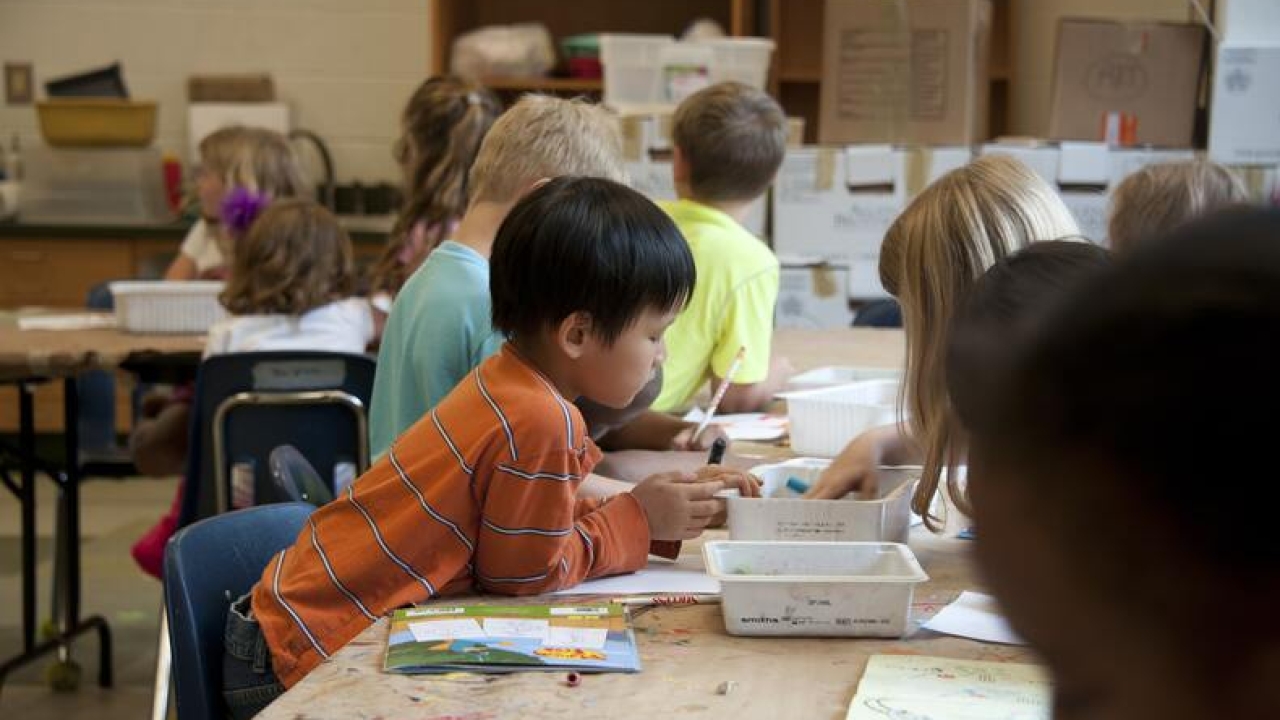Returning to School after a Mental Health Crisis: How Teachers Can Help

Educators might have to be on alert for students who show signs of trauma and mental health issues in school. Distractibility, hyperactivity, irritability, emotional volatility, difficulty regulating emotions, withdrawal, avoidance, and constant fatigue can be common themes in our classrooms. The unresolved trauma and mental health issues also affect memory and concentration, putting students at risk for lowered levels of academic performance. In the face of widespread trauma, strategies rooted in emotional regulation, self-growth, and relationship building can help students heal from stress and loss.
Strategies for Teaching Students Emotional Regulation:
Emotional Expression: Students need to express themselves emotionally. Allowing emotional expression through creative outlets such as art, music, or writing can be beneficial. When students are allowed to express their emotions freely, they can process any built-up frustrations or stress.
Mood Meter: Conducting daily mood check-ins with students can also be helpful to understand their moods. Asking students to assess their mood teaches them to identify their emotions and helps teachers assess students who may need additional support before they are ready to learn. Any scale in which students rate their emotions from 1 to 10, with 1 to 4 representing down emotions of tiredness or sadness, 5 to 7 representing feeling settled and ready to learn, and 8 to 10 representing up energized emotions or can help here.
Self-Regulation: It can be helpful to teach students self-regulating strategies such as taking a movement break or doing some deep breathing to help shift them to the ready-to-learn zone. Practicing small mindfulness exercises spread out across the day can help students remain calm and focused throughout the school day. Having a quiet corner in the classroom for students who feel overwhelmed is often beneficial. Having a separate space equipped with self-regulation tools like coloring worksheets, play dough, stress balls, A comfy chair, a helpful poster, and directions for bubble breathing can also help settle the mind.
Inculcating a Growth Mindset: This will help students learn from their experience and the last year's events. Teachers can focus on the positives and acknowledge how challenging times present learning opportunities by highlighting areas where students have grown. Asking students what they have learned about themselves in the past year encourages students to engage in self-reflection. Students can be asked to write letters to their past selves with writing prompts that can help them process the problematic situations of last year. Some examples can include –
- What do you wish you knew before the Covid-19 pandemic?
- What advice would have made this past year better for you?
- What do you want your future self to remember about this time in your life?
Reflective prompts like these encourage students to acknowledge challenges and brainstorm solutions for managing their struggles.
Stay up to date
Subscribe to the free GESS Education newsletter and stay updated with the latest insights, trends, and event news every week. Your email address will remain confidential


